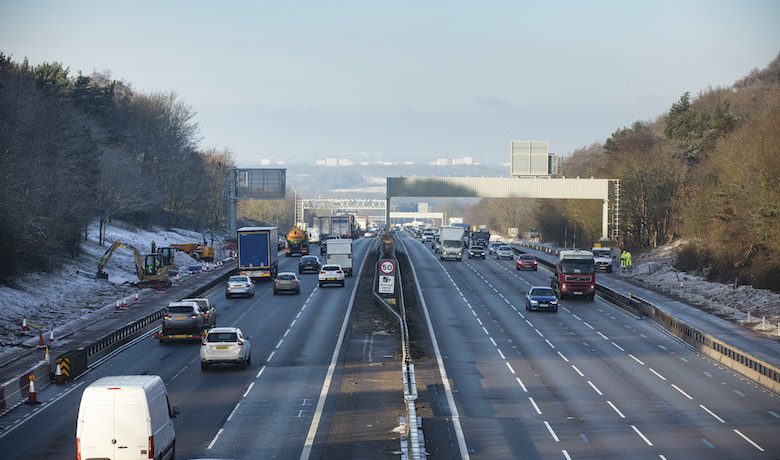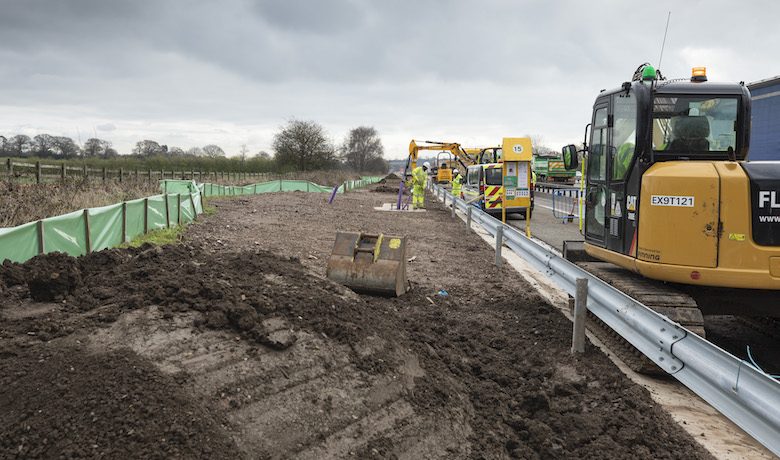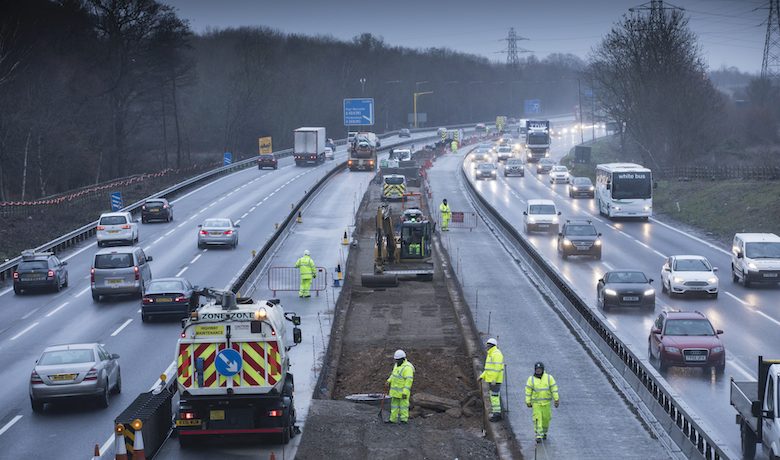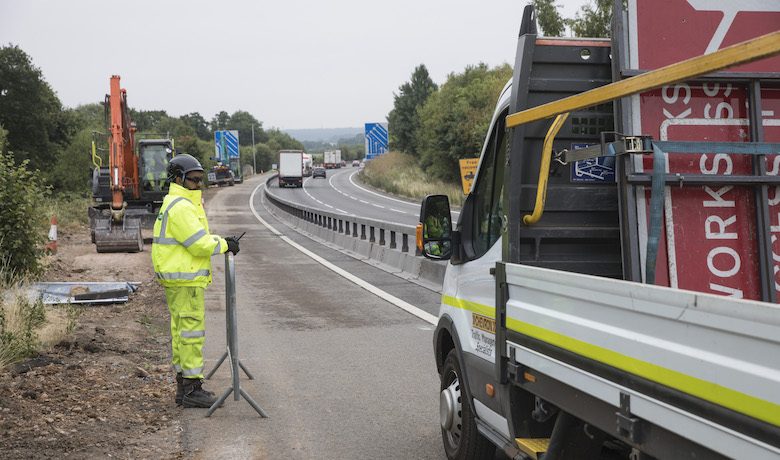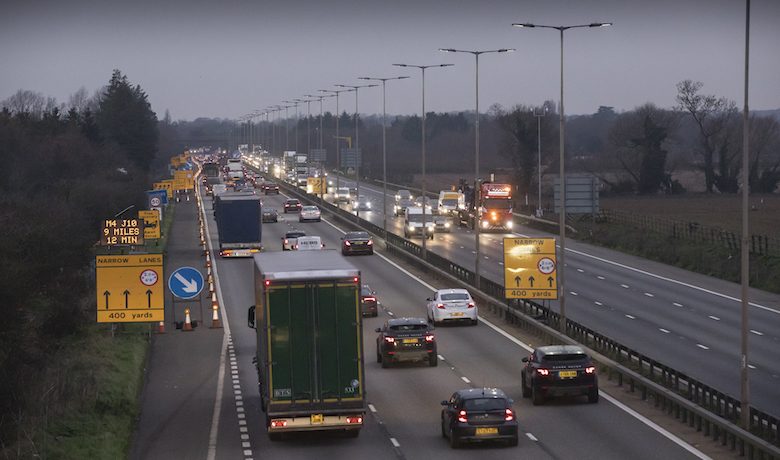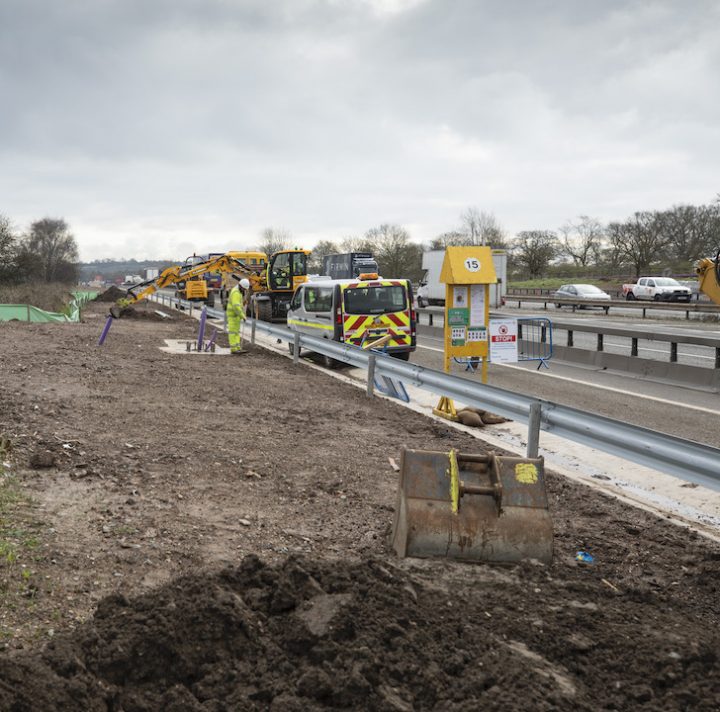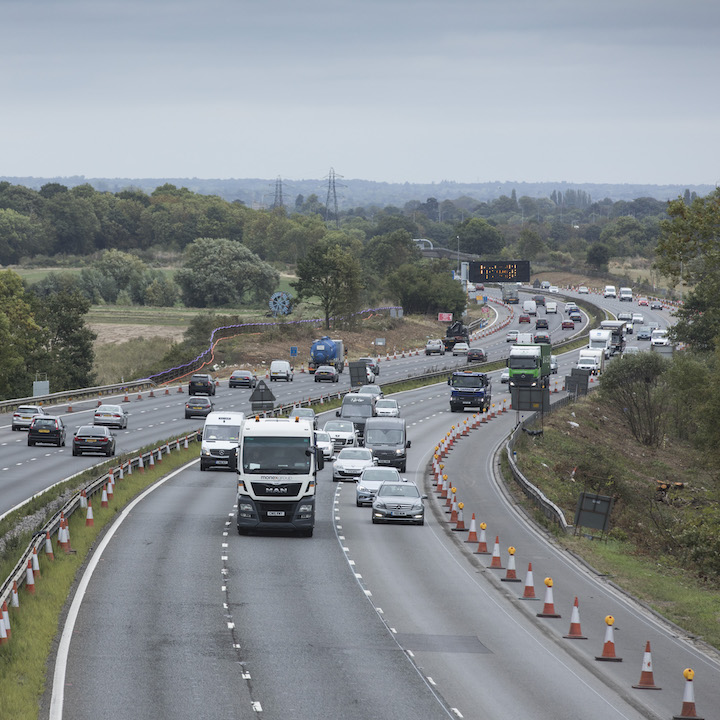Background
The M5 motorway, the first contract covered by the Smart Motorway Programme, is a key route for traffic in south-west England. The project involves upgrading the M5 from a 3-lane to a 4-lane motorway between junctions 4a and 6, to the south-west of Birmingham.
The M6 project consists of improving the busy 22km stretch between junction 2 at Coventry and junction 4 near Coleshill, to the east of Birmingham.
The M4 project covers the stretch between junctions 3 at Hayes and 12 at Theale of the main strategic route between London, the West of England and Wales.
The purpose of the Smart Motorway Programme is to smooth traffic flow by increasing the capacity of existing motorways, without widening them. This is achieved by making the hard shoulder available for use and introducing variable speed limits.


